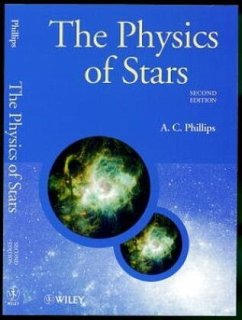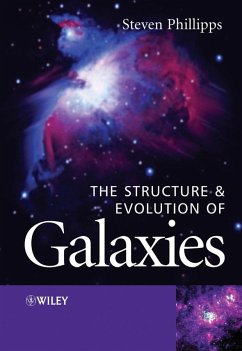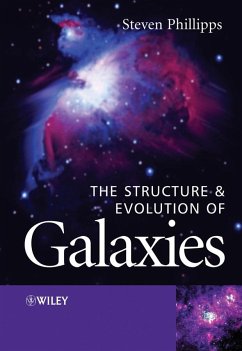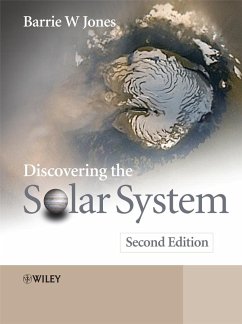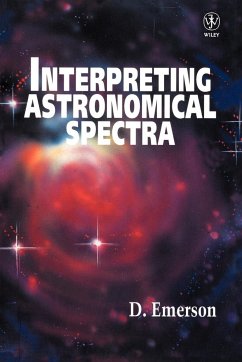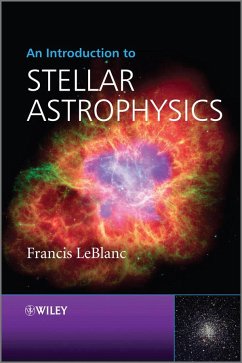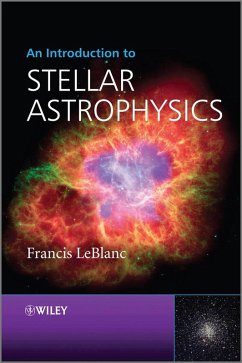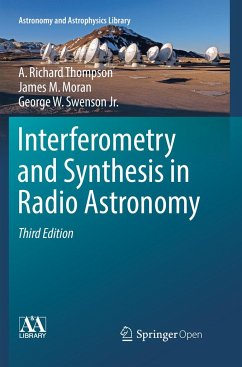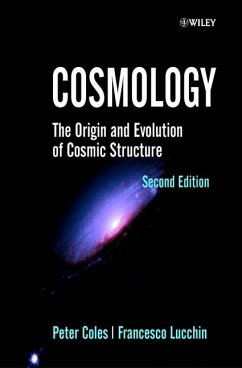
Evolution of Stars and Stellar Populations

PAYBACK Punkte
40 °P sammeln!
Evolution of Stars and Stellar Populations is a comprehensive presentation of the theory of stellar evolution and its application to the study of stellar populations in galaxies. Taking a unique approach to the subject, this self-contained text introduces first the theory of stellar evolution in a clear and accessible manner, with particular emphasis placed on explaining the evolution with time of observable stellar properties, such as luminosities and surface chemical abundances. This is followed by a detailed presentation and discussion of a broad range of related techniques, that are widely...
Evolution of Stars and Stellar Populations is a comprehensive presentation of the theory of stellar evolution and its application to the study of stellar populations in galaxies. Taking a unique approach to the subject, this self-contained text introduces first the theory of stellar evolution in a clear and accessible manner, with particular emphasis placed on explaining the evolution with time of observable stellar properties, such as luminosities and surface chemical abundances. This is followed by a detailed presentation and discussion of a broad range of related techniques, that are widely applied by researchers in the field to investigate the formation and evolution of galaxies.
This book will be invaluable for undergraduates and graduate students in astronomy and astrophysics, and will also be of interest to researchers working in the field of Galactic, extragalactic astronomy and cosmology.
_ comprehensive presentation of stellar evolution theory
_ introducesthe concept of stellar population and describes "stellar population synthesis" methods to study ages and star formation histories of star clusters and galaxies.
_ presents stellar evolution as a tool for investigating the evolution of galaxies and of the universe in general.
This book will be invaluable for undergraduates and graduate students in astronomy and astrophysics, and will also be of interest to researchers working in the field of Galactic, extragalactic astronomy and cosmology.
_ comprehensive presentation of stellar evolution theory
_ introducesthe concept of stellar population and describes "stellar population synthesis" methods to study ages and star formation histories of star clusters and galaxies.
_ presents stellar evolution as a tool for investigating the evolution of galaxies and of the universe in general.





